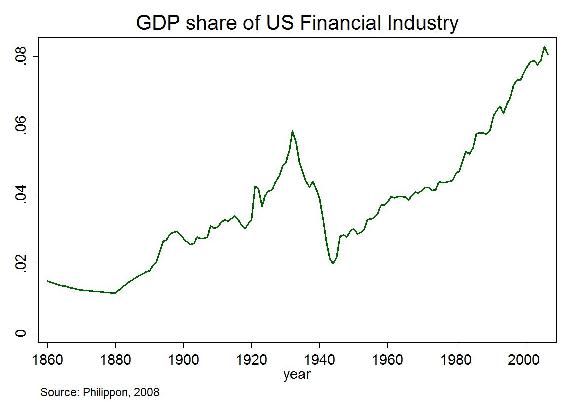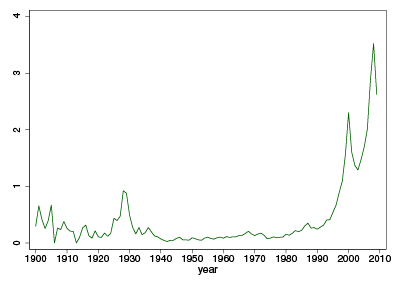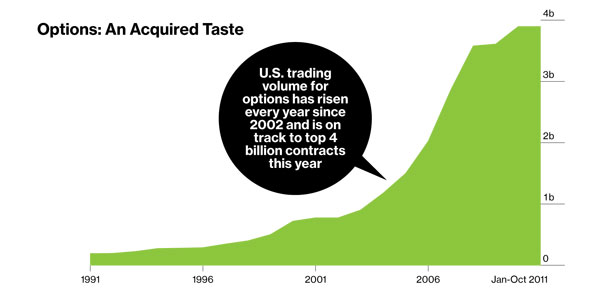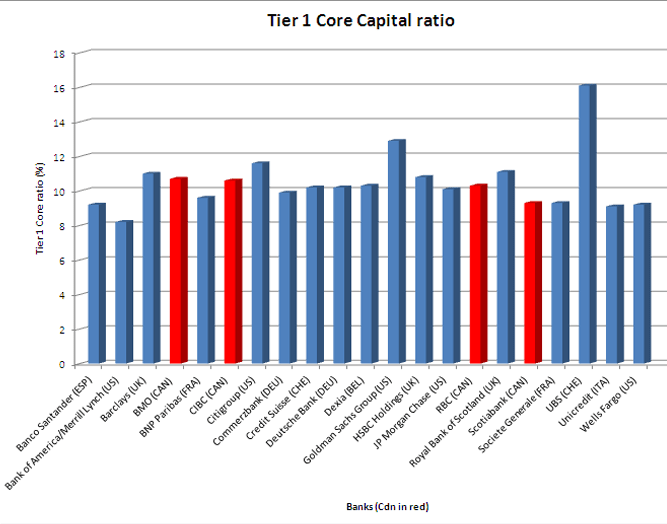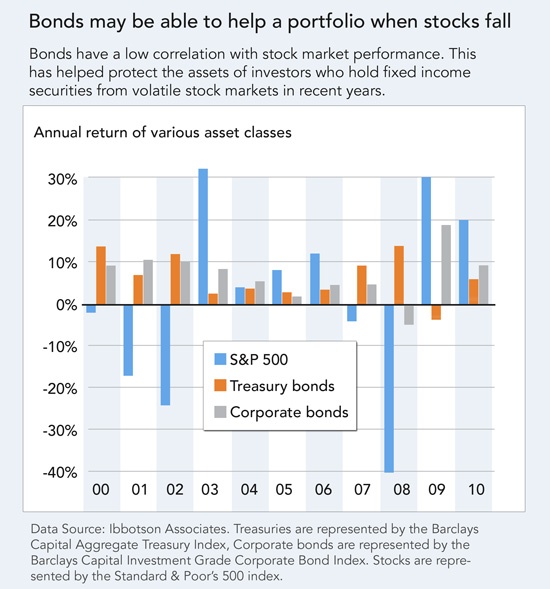The S&P 500 is flat year-to-date as of December 5th. The performance of the S&P/TSX Composite Index of Canada has been worse with a loss of 9.8% YTD.However it must be noted that Canadian equities have performed better than US stocks in the long run.
The yield on the S&P 500 stands at about 2.15%. Investors looking to earn higher yields can consider many of the well-run companies north of the border. Stocks in the utility and banking sectors pay solid dividends with consistent dividend growth and have the potential for capital appreciation as well.
The current yield on the 10 year Government of Canada bond bond is about 2%. Over the past sixty years, the yield on the S&P/TSX Composite Index has been a little less than half of the government bond yield. The dividend yield of the composite index was at about 2.8% recently which is much higher than the historical yields. Hence this is one compelling reason for investors to invest in high quality Canadian dividend stocks.
In a recently article in The Globe and Mail, author Bob Carrick notes that according to the firm Baskin Financial Service, the 2.8% dividend yield on the S&P/TSX Composite Index is also the second-highest in the past 20 years.
Twelve highest-yielding Canadian blue chips are listed below together with their tickers on the US market and the current dividend yield:
[TABLE=1051]
Source: A clear-cut case for buying stocks, The Globe and Mail
Disclosure: Long all five banks noted above.
